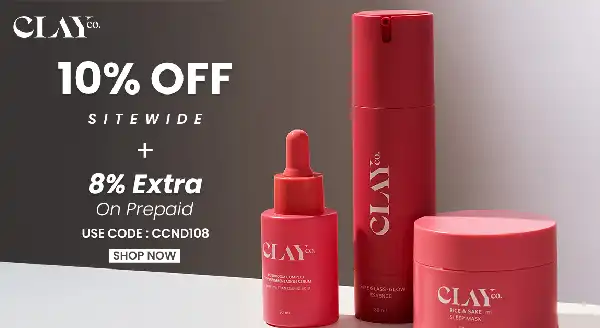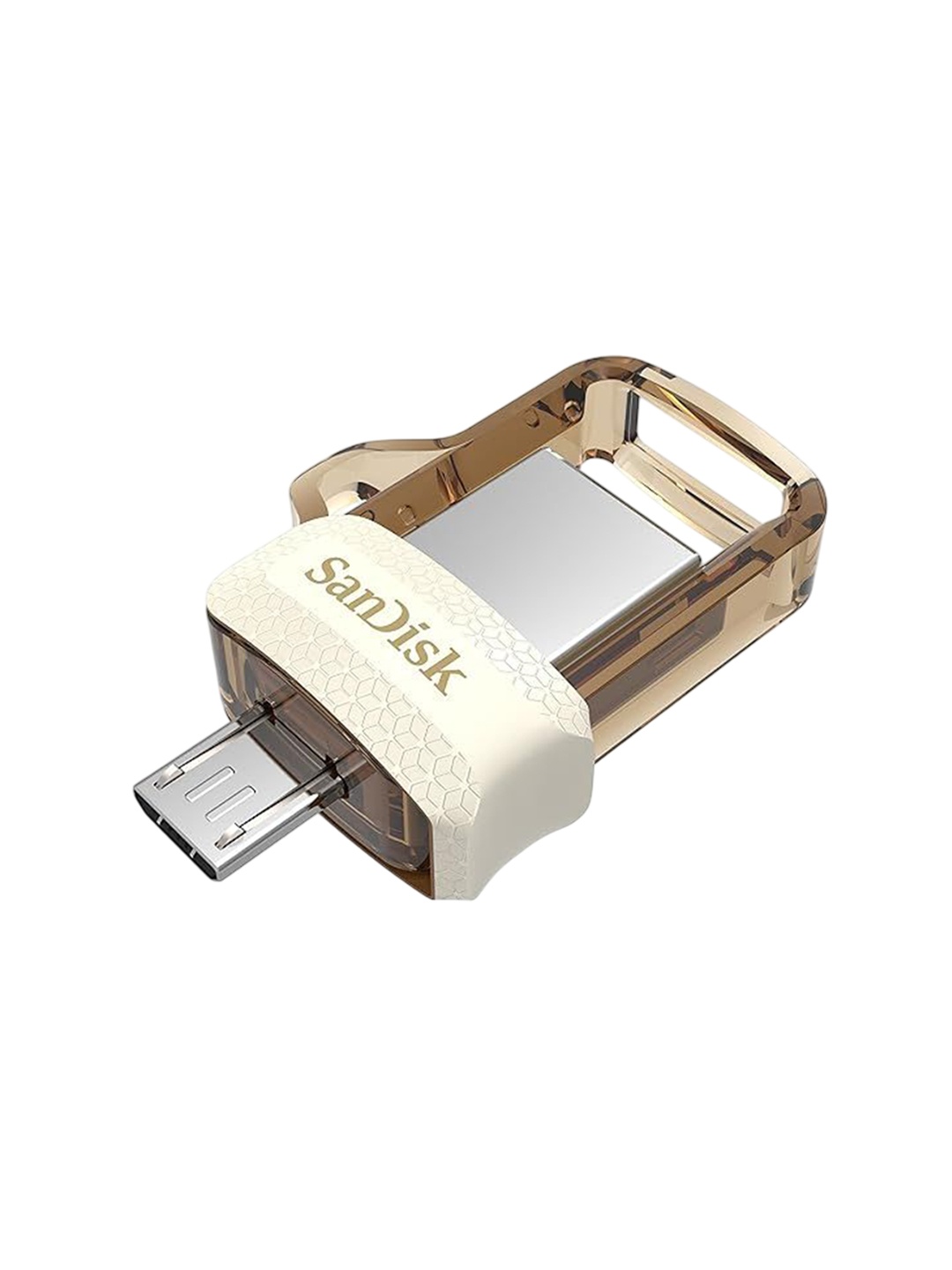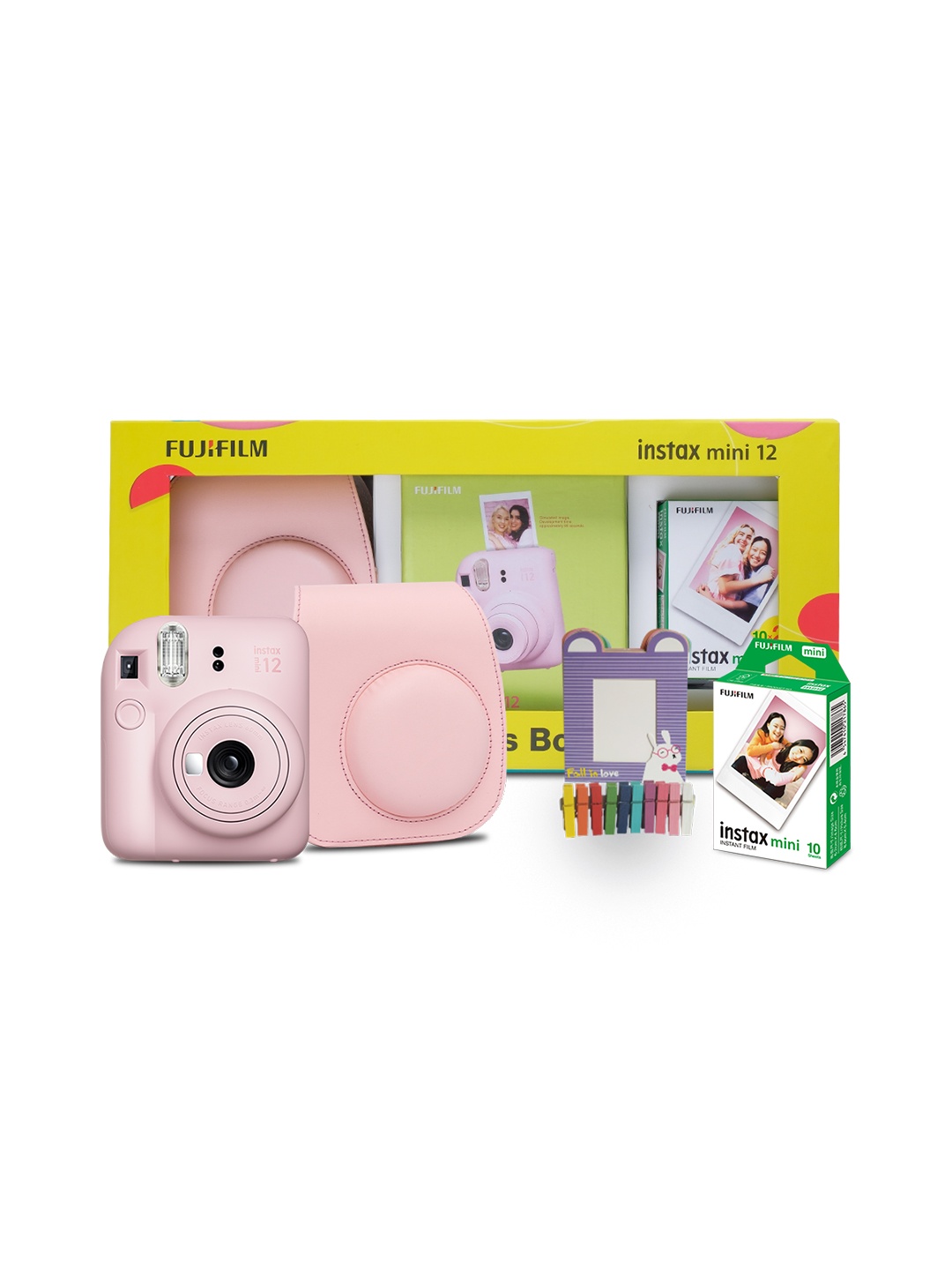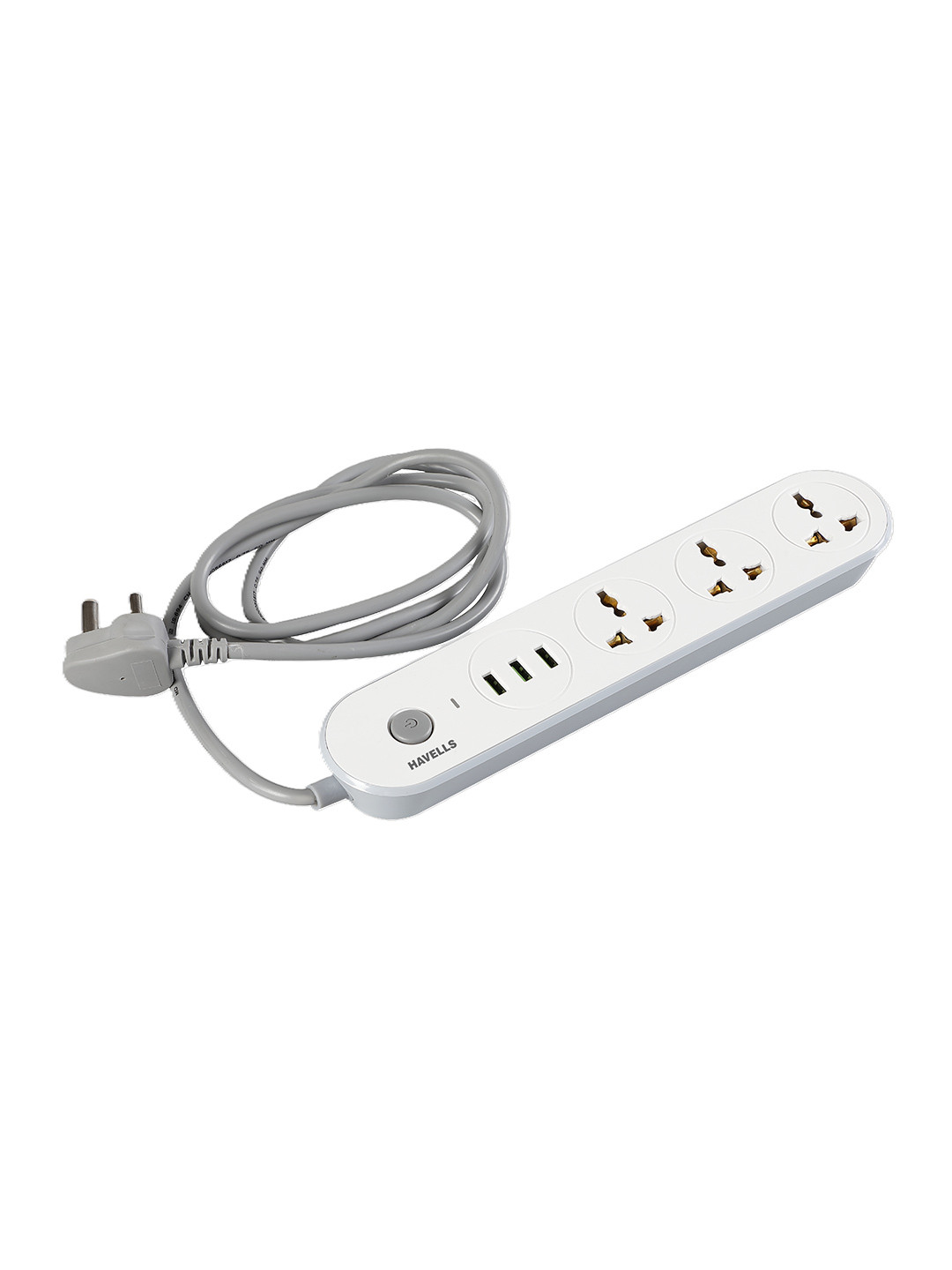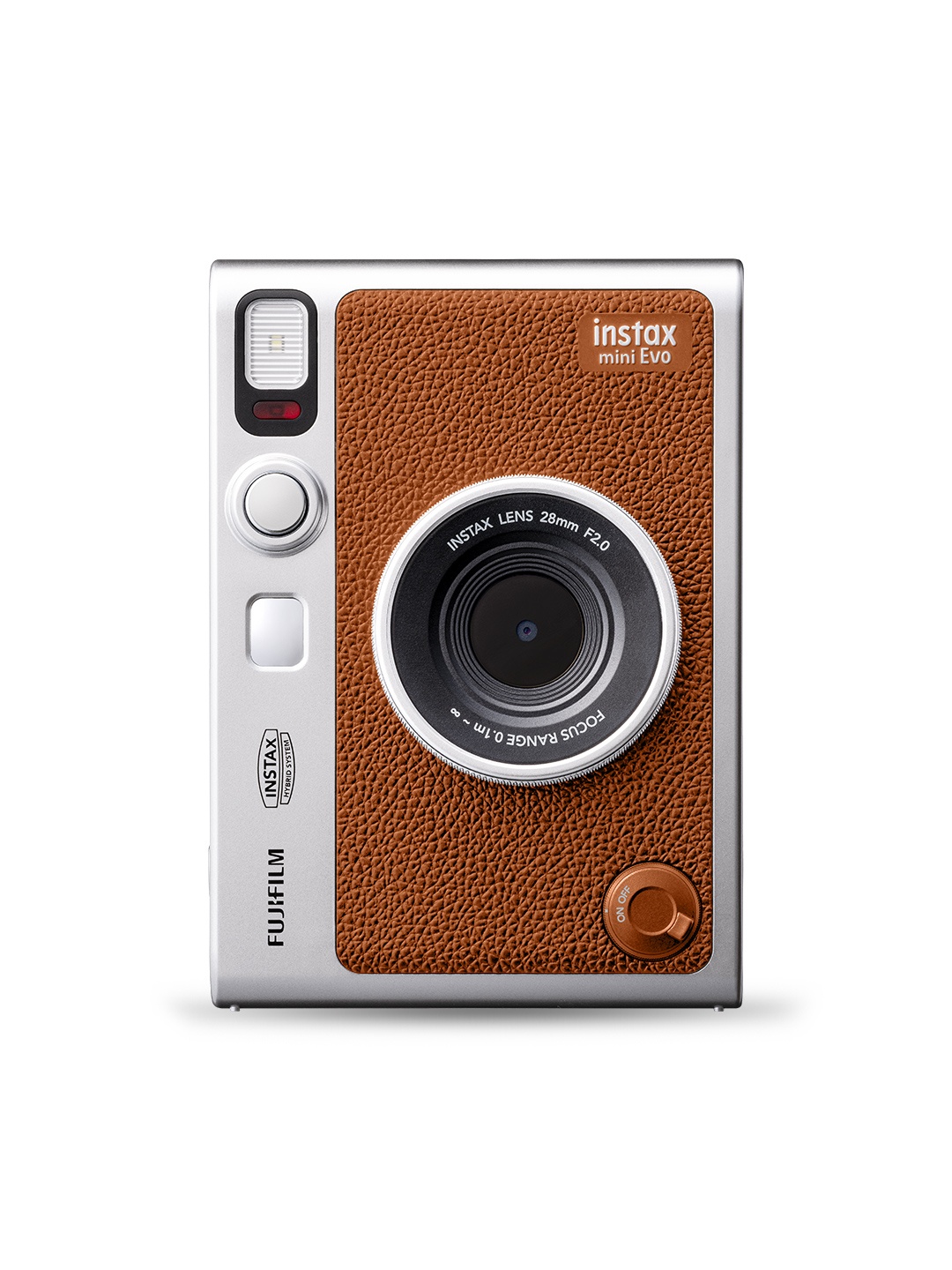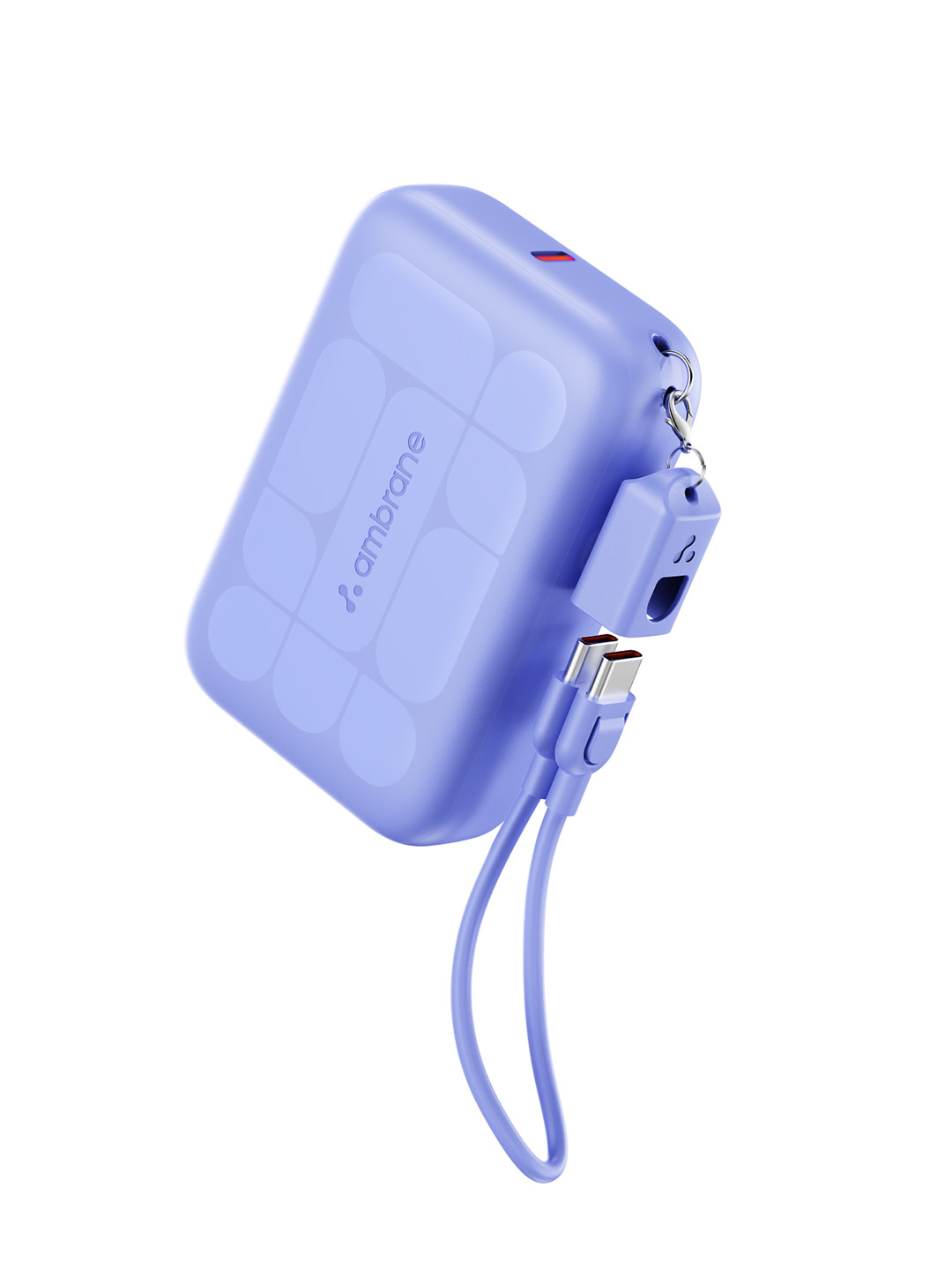Do Noise Cancelling Headphones Work On Noisy Trains? A Guide For Commuters And Top 8 Related Products On Amazon
When it comes to daily sounds, noise-cancelling headphones often emerge as the saviour for those seeking peace amidst the chaos. If youve been contemplating a purchase, here is everything you need to know before investing in a pair. While checking out the products we listed from boAt, CrossBeats, Sony, Skullcandy and others on Amazon, do keep these points in mind

Top Tips For Choosing Noise Cancelling Headphones For A Noisy Locals
In a world that's constantly buzzing, whether it's the hum of traffic, the chatter of a crowded market, or the clattering of a local train, peace and quiet seem like distant dreams. For many, the solution lies in noise-cancelling headphones, those magical devices that promise to block out the world around us and transport us into a bubble of serenity. But when you're on a noisy local or commuting through the hustle and bustle of urban life, can these headphones truly live up to the hype? For anyone who's experienced the infamous noise of a busy local, you know the feeling, the roar of train engines, the chatter of fellow passengers, the screech of brakes. It's as if the whole world is in your ear. So, the big question remains: do noise-cancelling headphones work in these situations? Before you open your wallet, let's take a closer look at what these headphones can and can't do for you and also, check the top 8 products now available on Amazon from boAt, CrossBeats, Sony to Skullcandy.
Top Tips For Choosing Noise Cancelling Headphones For Noisy Local Trains And Top 8 products On Amazon From boAt, CrossBeats, Sony To Skullcandy; Photo Credit: Pexels
1. Understanding Active vs Passive Noise Cancellation
When you hear the term ‘noise-cancelling headphones,' it's easy to assume that they work by simply blocking out sound. But the magic behind these headphones is far more nuanced. To truly appreciate their effectiveness in a noisy local, it's important to first understand the two main types of noise cancellation: active and passive.
Passive noise cancellation works by physically blocking out sound, think of those over-ear headphones that completely cover your ears like a cocoon. They work well in environments where there is steady, predictable noise, like the hum of an air conditioner or the drone of an engine. However, they might not be as effective against irregular sounds.
Active noise cancellation (ANC), on the other hand, is where the real magic happens. These headphones have built-in microphones that detect ambient noise, then produce sound waves that cancel out those noises. The key benefit of ANC is that it can reduce low-frequency sounds, such as the rumble of a train or engine, with great effectiveness. But, remember, ANC headphones aren't perfect, sharp, sudden noises (like a shout or a loud bang) still manage to sneak through.
In a busy local, the performance of these headphones largely depends on the type of noise. Steady sounds, like the hum of the train, will be muffled significantly, but the shrill call of a vendor or the occasional burst of loud laughter might still seep through.
2. How Effective Are Noise-Cancelling Headphones in a Local Train?
If you've ever been in a local train during peak hours, you'll know that the sound environment is a mix of everything, train sounds, chatter, the screech of brakes, and maybe even the occasional vendor shouting out prices. So, do these headphones hold up against such a ruckus?
In terms of steady, low-frequency noise like the hum of the train engine, noise-cancelling headphones generally perform well. With active noise cancellation, much of that background noise will be significantly reduced, allowing you to focus on your music, podcast, or audiobook. But when it comes to higher-pitched, irregular noises, like people talking or the horn of a vehicle outside, the effectiveness starts to diminish.
In short, you can expect to feel a certain level of isolation, but don't expect complete silence. The result? You might be able to block out 60-70% of the noise, making it a more tolerable experience, but not an entirely quiet one.
3. The Impact of Environmental Noise on ANC Performance
It's crucial to acknowledge that no technology, however advanced, can entirely eliminate the noise of the world. Active noise cancellation works best in controlled environments where the background sound is relatively constant. But in environments like a local train, with its mix of mechanical noises and human chatter, the effectiveness of ANC will vary. The louder and more chaotic the environment, the harder it becomes for ANC to cancel out all the surrounding noise.
Also, ANC works less efficiently with high-frequency sounds. So, if you're in a crowded local where you have people speaking loudly, or the sound of a child crying, don't expect those sounds to disappear completely. The technology might soften them, but it won't remove them.
If you're planning to use noise-cancelling headphones in an Indian local, it's wise to keep expectations realistic. While these headphones can certainly enhance your listening experience, they might not provide the complete sound isolation you're hoping for.
4. Noise Isolation vs Noise Cancellation
While noise-cancelling headphones are often the go-to choice for noise reduction, it's worth noting the distinction between noise isolation and noise cancellation. Noise isolation, which is a feature in many over-ear headphones, physically blocks out sound by creating a seal around your ears. It's not reliant on electronics or microphones. In fact, some of the best noise-isolating headphones can provide just as much relief from external noise as their ANC counterparts.
On the other hand, ANC works dynamically to cancel out noise. However, the seal created by the ear cups is crucial in ensuring the effectiveness of both ANC and noise isolation. Without a good seal, even the best ANC technology will struggle to block out noise.
So, when choosing headphones for a noisy local, it's essential to find a pair that combines both noise isolation and cancellation. A comfortable fit that creates a good seal around the ears will go a long way in boosting the noise-cancelling effect, allowing you to block out much of the background noise.
5. The Comfort Factor in Crowded Spaces
When dealing with the chaos of a crowded local, comfort becomes just as important as noise cancellation. Over-ear headphones may deliver the best performance in terms of noise isolation and cancellation, but they can also be bulky. Add in the fact that you'll likely be standing or packed like sardines in the train, and the comfort factor becomes even more crucial.
In a cramped local, pressure on the head and ears can lead to discomfort, especially if you're wearing large headphones for long periods. In such a case, compact, on-ear or in-ear headphones might be a better option. While they may not offer the same level of noise cancellation as their over-ear counterparts, they can still block out a significant amount of noise and will be much easier to wear in tight spaces.
Additionally, it's important to consider that ANC headphones require power to work, meaning you'll have to charge them or rely on battery life. In a noisy, crowded setting, the last thing you want is for your headphones to run out of juice. Always check the battery life before heading out.
6. The Price of Silence: Are They Worth the Investment?
Noise-cancelling headphones are not cheap. A decent pair can set you back anywhere between ₹5,000 and ₹20,000, depending on the brand and features. So, are they worth it for the noise levels you'll encounter in a local train?
The answer depends on your expectations and how much time you spend commuting. If your daily commute involves being in noisy environments for long hours, investing in a good pair could significantly improve your experience. You'll be able to block out the harsh sounds and enjoy your music or podcast in relative peace. For others who only occasionally use trains or live in quieter areas, the investment might not feel as worthwhile.
It's also worth noting that not all noise-cancelling headphones are created equal. Premium brands tend to provide better ANC performance, but there are budget-friendly options that deliver decent results for a fraction of the price. It's all about balancing performance and cost.
Also Read: Sound Perfection Awaits: Discover Top 10 Bluetooth Headphones From JBL And Marshall On Flipkart
7. Additional Features to Consider When Choosing Noise-Cancelling Headphones
When shopping for noise-cancelling headphones, it's not just about the cancellation feature. Look for headphones with added functionalities that enhance the overall experience. Features such as Bluetooth connectivity, sweat and water resistance, long battery life, and comfort (padded ear cups, adjustable headbands) can make all the difference in your experience.
Also, check whether the headphones have a transparency mode, which allows you to hear the outside world when needed. This can be especially useful when you need to listen to announcements or be aware of your surroundings, something that's essential when travelling in crowded local trains.
Lastly, consider the build quality. Local trains in India can be bumpy and overcrowded, so you want a pair of headphones that's sturdy and durable.
8. Final Thoughts: Making the Right Choice for Your Commute
Noise-cancelling headphones are a great tool for reducing the chaos of daily life, but they're not a magic solution for complete silence. When commuting in a busy local, you can expect a noticeable reduction in low-frequency noise, but high-pitched sounds and sudden interruptions might still break through.
In the end, the best pair of headphones for your needs depends on your preferences and how much you're willing to spend. If you're after a quiet, immersive experience, a high-quality pair of ANC headphones might be a game-changer. But if you're more concerned with comfort and portability, there are plenty of options that strike a balance between noise isolation and practicality.
So, while noise-cancelling headphones might not create an entirely silent bubble in a noisy local, they can certainly make your journey more enjoyable. Make your purchase with a clear understanding of what they can and can't do, and you'll be well on your way to quieter, more pleasant commutes.
boAt, CrossBeats, Sony To Skullcandy, Top 8 Products On Amazon related to This Article
1. boAt Rockerz 550 Bluetooth Wireless Over Ear Headphones
2. CrossBeats Roar 3.0 Over Ear Wireless Bluetooth Headphones with Carry Case
3. Sony WH-CH720N Noise Cancellation Wireless Bluetooth Over Ear Headphones with Mic
4. JLab JBuds LUX ANC Smart Active Noise Cancelling Headphones
5. NC25 Hybrid Noise Cancelling Headphones Over Ear, Wireless Bluetooth 5.3
6. Skullcandy Hesh ANC Bluetooth Wireless Over-Ear Headphones with Mic
7. Sennheiser HD 450BT (ANC) Bluetooth 5.0 Wireless Over Ear Headphone with Mic
8. soundcore by Anker Q20i Wireless Bluetooth Over-Ear Headphones with Hybrid Active Noise Cancelling
Noise-cancelling headphones may not provide absolute silence, but they can significantly enhance your commute, especially in noisy, crowded environments like local trains. Understanding the limits and strengths of ANC technology, considering comfort, and choosing the right features will ensure you get the most out of your purchase. Whether you're battling the daily commute or seeking a bit of peace in a busy world, these headphones can be a worthy investment to help you tune out the noise and tune into your world. So, while checking out the products listed above from boAt, CrossBeats, Sony, Skullcandy and others on Amazon, do keep these points in mind
Disclaimer: The images used in this article are for illustration purpose only. They may not be an exact representation of the products, categories and brands listed in this article.










